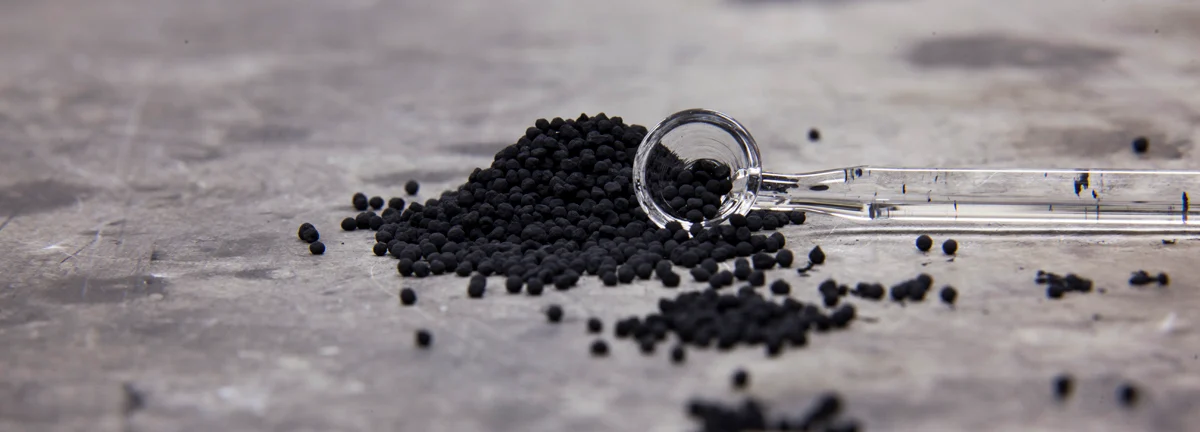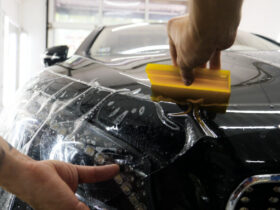Introduction
Carbon black, a versatile material derived from incomplete combustion of hydrocarbons, has become a crucial component in various industries. Its unique properties make it highly sought after, particularly in the realm of plastics. This delves into the world of carbon black suppliers, highlighting their significance in different sectors and shedding light on the growing popularity of carbon black-filled High-Density Polyethylene (HDPE).
Understanding Carbon Black Suppliers
1. Overview of Carbon Black
Carbon black is a fine powder composed of elemental carbon, produced by the incomplete combustion or thermal decomposition of hydrocarbons. Its exceptional properties, including high surface area, electrical conductivity, and UV resistance, make it a key ingredient in numerous applications.
2. Role of Carbon Black in Various Industries
Carbon black finds applications in diverse industries such as rubber manufacturing, plastics, inks, coatings, and even as a reinforcing agent in tires. Its ability to enhance material properties like strength, conductivity, and UV resistance makes it a versatile and indispensable component.
3. Carbon Black Suppliers in the Global Market
The demand for carbon black has led to the emergence of numerous carbon blacks supplier globally. Companies such as Cabot Corporation, Orion Engineered Carbons, and Birla Carbon are among the major players, catering to a wide range of industries. The competition among suppliers has fueled innovation and improved the quality of carbon black products.
Carbon Black-Filled HDPE and its Growing Popularity
1. Introduction to Carbon Black-Filled HDPE
High-Density Polyethylene (HDPE) is a thermoplastic known for its durability and versatility. The incorporation of carbon black into HDPE, commonly known as carbon black-filled HDPE, results in a material with enhanced properties. This combination has gained significant traction in various industries.
2. Benefits of Carbon Black-Filled HDPE
UV Resistance: The addition of carbon black improves the UV resistance of HDPE, making it suitable for outdoor applications. This is particularly important in industries like agriculture and construction where exposure to sunlight is frequent.
Electrical Conductivity: Carbon black’s conductive properties enhance the electrical conductivity of HDPE, making it valuable in applications such as cable insulation and conduits.
Increased Strength and Durability: The reinforcing effect of carbon black improves the mechanical properties of HDPE, making it stronger and more durable. This is especially beneficial in the manufacturing of pipes, containers, and other structural components.
3. Applications of Carbon Black-Filled HDPE
Pipes and Conduits: The enhanced strength and UV resistance make carbon black-filled HDPE ideal for manufacturing pipes and conduits used in various industries, ensuring longevity and reliability.
Agricultural Products: In the agricultural sector, where exposure to sunlight and harsh weather conditions is inevitable, carbon black-filled HDPE is extensively used for items like mulch films, irrigation pipes, and greenhouse components.
Electrical Cable Insulation: The improved electrical conductivity of carbon black-filled HDPE makes it a preferred choice for cable insulation, ensuring reliable performance in electrical applications.
4. Environmental Considerations
While carbon black-filled HDPE offers numerous advantages, there are concerns regarding its environmental impact. The disposal and recycling of such materials need to be carefully managed to minimize ecological consequences. Sustainable practices and the development of eco-friendly alternatives are essential aspects that both suppliers and consumers should consider.
Advantages of carbon black-filled HDPE
Carbon black filled HDPE offers a range of advantages that make it a preferred choice in various industries.
1. UV Resistance
One of the primary advantages of incorporating carbon black into HDPE is the significant improvement in UV resistance. HDPE, when exposed to sunlight over extended periods, may degrade and lose its structural integrity. The addition of carbon black acts as a UV stabilizer, protecting the material from the harmful effects of ultraviolet radiation. This makes carbon black-filled HDPE ideal for outdoor applications, where prolonged exposure to sunlight is inevitable.
2. Enhanced Strength and Durability
Carbon black serves as a reinforcing agent in HDPE, leading to improved mechanical properties. The resulting material is stronger and more durable, making it suitable for applications that require robust and long-lasting components. This enhanced strength is particularly valuable in industries such as construction, where structural integrity is critical.
3. Electrical Conductivity
The conductive properties of carbon black make it an excellent choice for applications that require electrical conductivity. In carbon black-filled HDPE, this property is harnessed for various purposes, such as in the manufacturing of cable insulation and conduits. The material ensures reliable electrical performance, making it suitable for a range of electrical applications.
4. Cost-Effectiveness
Compared to some alternative materials with similar properties, carbon black-filled HDPE is often more cost-effective. The ability to achieve desirable characteristics such as UV resistance and strength without significant increases in production costs makes it an economical choice for manufacturers across different industries.
5. Chemical Resistance
HDPE is inherently resistant to a wide range of chemicals, and the addition of carbon black does not compromise this property. Carbon black-filled HDPE maintains its chemical resistance, making it suitable for applications where exposure to various chemicals is a concern. This chemical resistance contributes to the material’s longevity and reliability in challenging environments.
6. Versatility in Applications
Carbon black-filled HDPE’s versatility extends its application range across different industries. Common uses include pipes and conduits in construction, agricultural products like mulch films and irrigation pipes, and electrical cable insulation. The material’s adaptability to diverse requirements makes it a preferred choice in sectors with varying needs.
7. Ease of Processing
The addition of carbon black does not significantly impact the processing characteristics of HDPE. Manufacturers can continue to use existing equipment and processes, minimizing the need for substantial changes in production methods. This ease of processing enhances the material’s adoption in industries where efficiency and consistency are paramount.
8. Weather Resistance
In addition to UV resistance, carbon black-filled HDPE exhibits excellent weather resistance. The material withstands harsh environmental conditions, including temperature fluctuations, moisture, and other weather-related challenges. This makes it suitable for outdoor applications where exposure to the elements is a constant factor.
The Future of Carbon Black and HDPE
1. Technological Advancements
Ongoing research and development in the field of materials science are likely to bring about technological advancements in carbon black production and its integration with HDPE. This could result in even more optimized and sustainable solutions for various applications.
2. Environmental Responsibility
As the world becomes more conscious of environmental issues, carbon black suppliers and manufacturers are under increasing pressure to adopt sustainable practices. The development of eco-friendly carbon black and HDPE products will play a crucial role in meeting the growing demand while minimizing environmental impact.
3. Global Market Trends
The global market for carbon black and carbon black-filled HDPE is expected to witness steady growth. Factors such as urbanization, infrastructure development, and the increasing demand for durable and weather-resistant materials are likely to drive the market forward.
Conclusion
Carbon black suppliers play a pivotal role in providing a material that has become indispensable in various industries. The synergy between carbon black and HDPE, resulting in carbon black-filled HDPE, has opened new avenues for applications requiring enhanced durability, UV resistance, and conductivity. As technology evolves and environmental concerns gain prominence, the industry is poised for further innovations to meet the demands of a sustainable and dynamic future.








